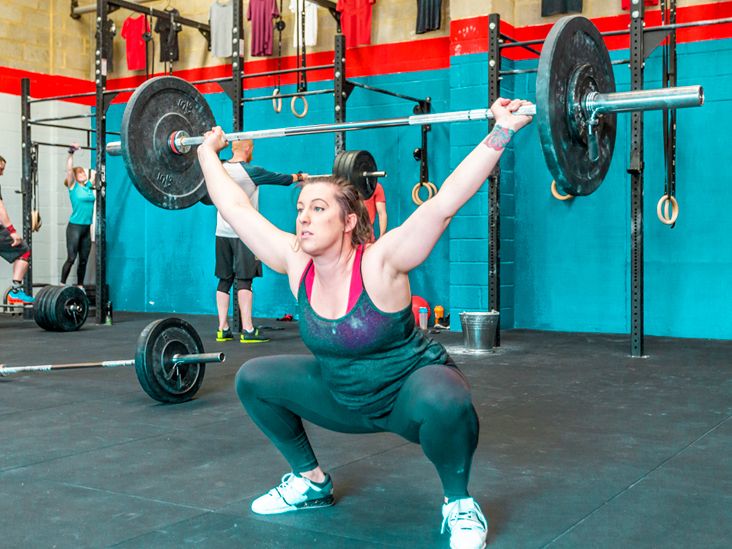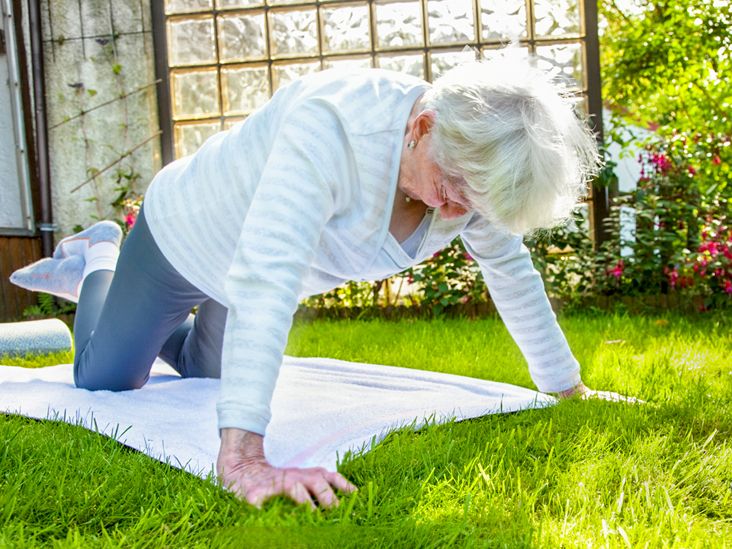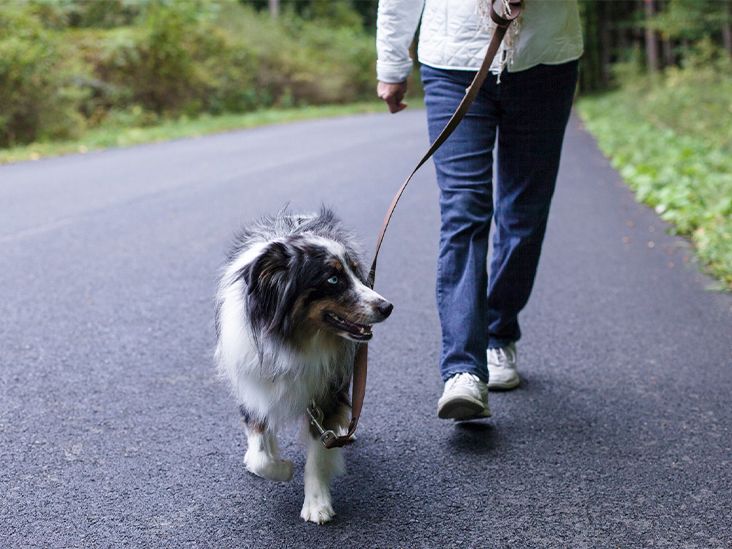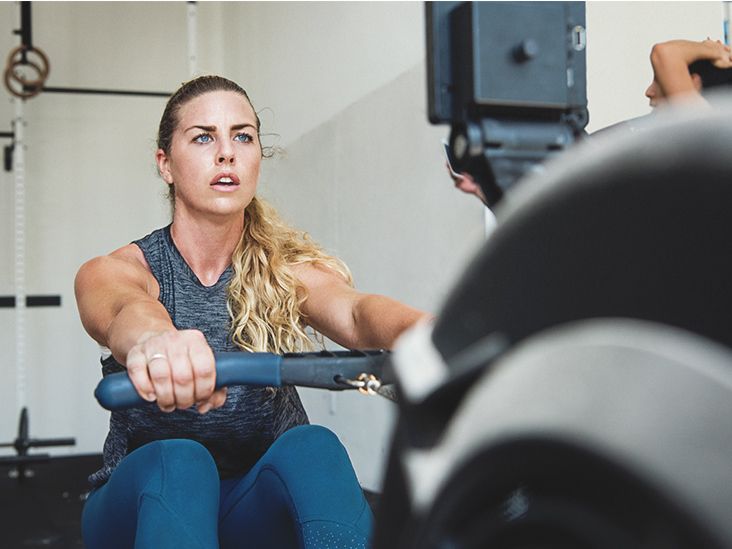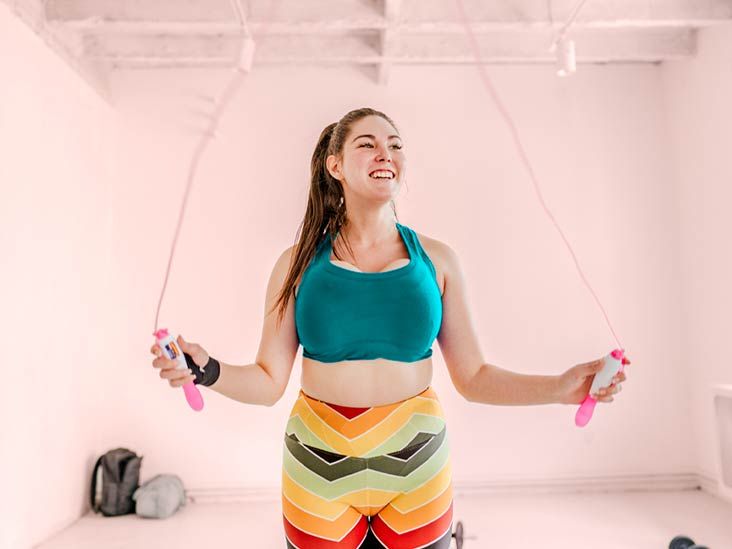Learning to touch your toes can increase your flexibility. Tips to learn how include stretching, foam rolling, and engaging in resistance training such as squats. Learn about some common stretches that can help you touch your toes.
Touching your toes is a classic demonstration of flexibility in the muscles from your lower back down to your calves. In fact, the “sit and reach” is a common flexibility test for both athletic and general fitness populations when planning a stretching and exercise routine.
Often considered a measure of hamstring flexibility, touching your toes displays flexibility in your lower back, glutes, ankles, and hamstrings.
If you can’t touch your toes, the best way to improve your toe touch abilities is to perform a stretching routine that addresses each muscle area individually. Working toward a full toe touch also gives you the benefits that are associated with good flexibility in general.
This article discusses the safest and most effective methods to prepare a toe touch stretching routine that you can do on your own, as well as a few benefits you’ll get from being flexible enough to touch your toes.

If you don’t regularly stretch or do exercises that involve a stretch in your hamstrings, low back, or calves, you may be surprised how difficult it is to touch your toes.
Spending long periods of time in common positions, including sitting and standing, can tighten your lower back, hamstrings, and calves, restricting your ability to touch your toes.
Research suggests that several training methods can improve the flexibility required to touch your toes. These methods include static stretching, dynamic (active) stretching, foam rolling, and partner-assisted stretching.
Additional studies suggest that combining your stretching with resistance training, such as lifting free weights and doing squats, can lead to greater improvements in flexibility than stretching alone.
Nevertheless, a regular solo stretching routine can improve the flexibility in these muscles and allow you to touch your toes, even if you tend to have tightness in these muscles, if you don’t have a partner, or if you don’t participate in traditional resistance training.
SummaryStatic stretching, dynamic stretching, foam rolling, and partner-assisted stretching all help increase flexibility. Pairing stretching with resistance training can yield even better results.
Touching your toes requires various levels of flexibility in your calves, hamstrings, and lower back. The muscles that are targeted when you touch your toes will vary depending on whether you’re standing or sitting.
If your goal is to touch your toes, addressing each of these areas in a stretching routine will rapidly improve the flexibility you need to reach your toes.
The best method is to do the following stretches 3 times per week after a light aerobic warmup lasting 5 to 10 minutes, such as a brisk walk.
Hamstrings stretch with a strap
One of the safest and most effective methods to improve flexibility in your hamstrings is the lying hamstring stretch with a strap. Keeping your back flat on the floor minimizes the involvement of your lower back.
You can perform this stretch with your feet relaxed for more hamstring focus or with your feet flexed for an additional calf stretch.
To perform the hamstring stretch with a strap:
- Lie on your back on the floor with a belt or yoga strap nearby.
- Loop the strap around your right foot.
- Keeping your knee straight and your back on the floor, slowly raise your right leg with the strap until you feel a stretch. Keep your left leg straight and extended on the floor.
- Once you reach a point of mild discomfort, pause and hold the stretch for 30 seconds.
- Repeat the stretch 3 times on each leg as part of your stretching routine.
Seated straddle stretch
The seated straddle stretch will improve flexibility in your lower back, hamstrings, and calves.
To perform the seated straddle stretch:
- Sit with your legs straight and spread apart as far as is comfortably possible. Slowly reach toward one foot with both hands until you feel a gentle stretch along the back of your leg and in your lower back.
- Once you reach a point of mild discomfort, pause and hold the stretch for 30 seconds.
- Repeat 3 times on each leg as part of your stretching routine.
Standing toe reach
The standing toe reach will stretch your hamstrings and calves if you keep your back in a neutral position.
To perform the standing toe reach:
- Stand in a natural position with your feet hip-width apart.
- Move your hips slightly back and slide your arms down your thighs and shins, toward your feet.
- Keeping your back straight, lower to the point of mild discomfort.
- Hold the position for 30 seconds.
- Repeat the stretch 3 times as part of your stretching routine.
If you have access to a foam roller, adding foam rolling to your program in addition to traditional stretching may be beneficial.
You can foam roll your calves, hamstrings, and lower back. The process is similar for all muscle areas. Choose a softer foam roller for your lower back.
To foam roll your hamstrings:
- Start with the foam roller at the top of your hamstring, below your hip.
- Slowly roll down toward your knee until you find a tender spot.
- Hold at that spot for 30 seconds.
- Repeat 2 or 3 times per leg.
To foam roll your calves:
- Start with the foam roller on your calf, just below your knee.
- Slowly roll down toward your ankle until you find a tender spot.
- Hold at that spot for 30 seconds.
- Repeat 2 or 3 times per leg.
To foam roll your lower back:
- Position a soft foam roller at the bottom of your lower back, just above your tailbone.
- Slowly roll up your spine until you feel a tender spot in the muscle tissue.
- Hold at that spot for 30 seconds.
- Repeat 2 or 3 times.
To avoid spinal compression, don’t roll down your spine from the top to the bottom. Always start a low back set at the base of your spine, just above your tailbone.
If your goal is to touch your toes from a seated position, you need flexibility in your hamstrings, calves, and lower back.
For practical injury and pain reduction benefits, having more flexibility in your calves and hamstrings is better than having tight hamstrings and calves but a loose lower back.
In fact, greater flexibility in your hamstrings and calves may reduce or eliminate the need for low back rounding to reach your toes.
For this reason, you’re better off stretching your calves and hamstrings directly with the above routine than spending large amounts of time in a seated toe-touch position.
Furthermore, rounding your lower back as a habit is something to avoid. While having the flexibility to round your back is beneficial, spending too much time with a rounded back can lead to problems down the road.
In general, the seated toe touch is best used as an assessment rather than as a stretching protocol of its own. Use this position to test your improvements, but focus on the muscle-specific stretches for the actual improvements to flexibility.
Excessive flexibility carries its own injury risk. If you tend to be very flexible, further flexibility training may not be recommended. However, most people will tend to be “too tight” rather than “too flexible.”
If you have trouble touching your toes, excessive flexibility is not likely to be an issue.
SummaryA comprehensive stretching routine addressing each area that requires flexibility is the safest and most effective way to learn to touch your toes.
Touching your toes can be difficult for several reasons that are all linked to flexibility. Because touching your toes traditionally relies on flexing your ankles, hips, and lower back, stiffness in any of these areas will reduce your ability to reach your toes.
Common positions and habits (including extended periods of sitting or standing or wearing high heels) and even previous injuries can limit your flexibility in some or all of these areas.
Therefore, following the full flexibility routine to loosen each of these areas is the most effective method for touching your toes.
SummaryTouching your toes is difficult because of the flexibility requirements that are often limited by common activities and habits.
The overall benefit of being able to touch your toes is having proper flexibility in your hamstrings, calves, and lower back. Being able to touch your toes reflects good flexibility in these areas.
The benefits of having flexibility in the areas needed to touch your toes include:
- reduced risk of hamstring strains
- reduced risk of Achilles tendon injuries
- improved performance in flexibility-dependent sports
- improved movement during functional activities
SummaryBeing able to touch your toes has many benefits, primarily due to the improved flexibility needed in the relevant areas.
Touching your toes demonstrates flexibility in your hamstrings, calves, and lower back. To reap the benefits of this flexibility, you should perform a comprehensive stretching routine that targets the muscle areas involved in reaching your toes.
Whether you’re looking for improved performance, reduced pain or injury risk, or general movement benefits, working toward touching your toes is an excellent way to reach those goals.





